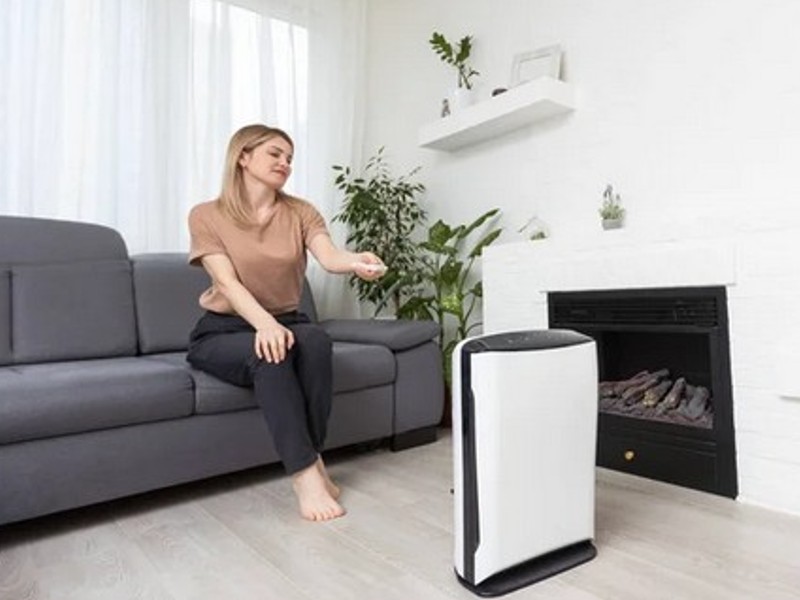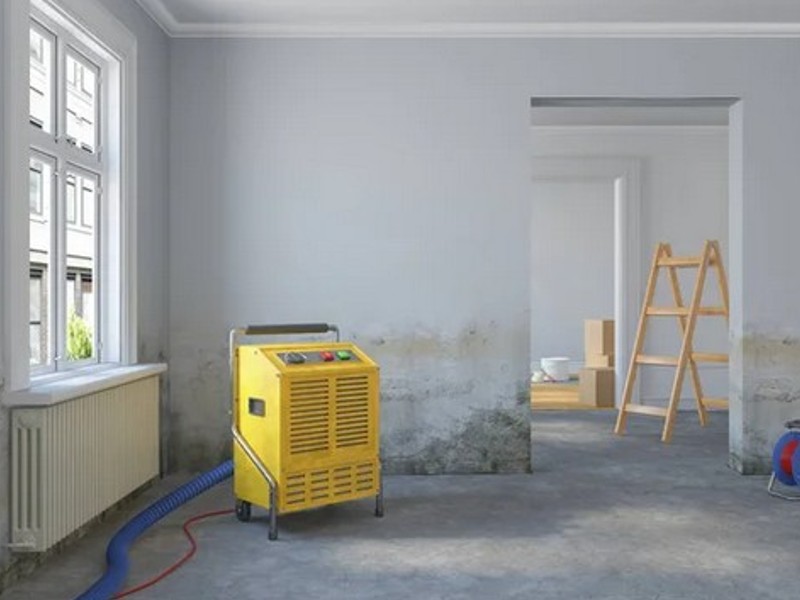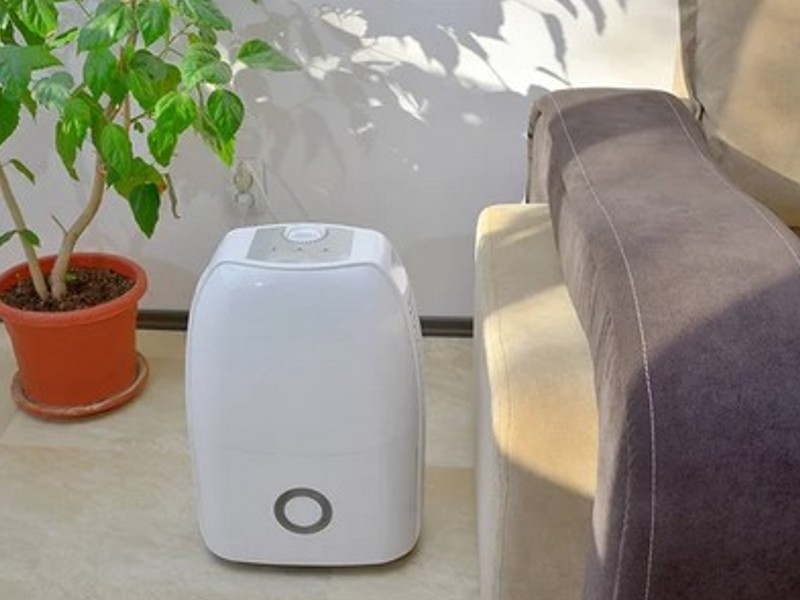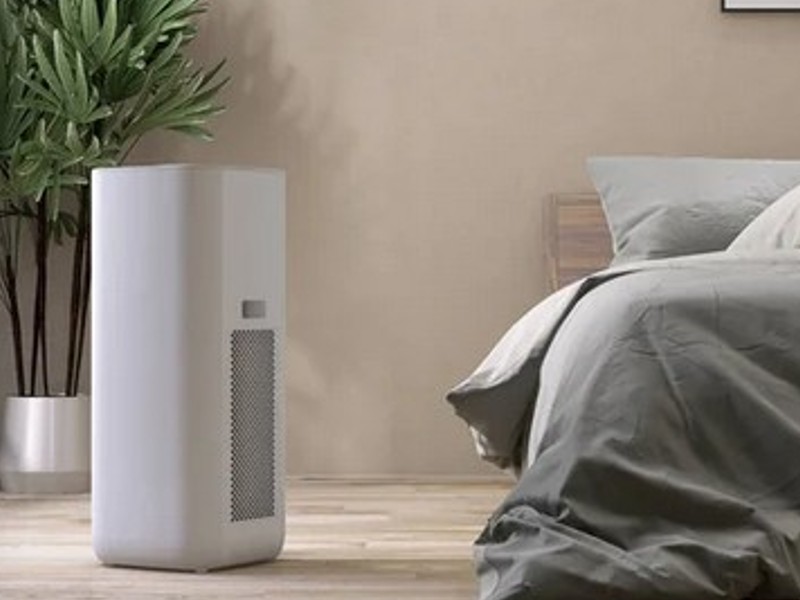
Uses of Dehumidifiers in Interior Design
Modern interior design should, first of all, consider making a place beautiful yet also functionally effective for living. Not very much considered for its crucial position is the control of air quality management. Multiple applications can be given to dehumidifiers aside from helping with moisture removal alone.
The article below explains some of the ways to successfully implement a dehumidifier into an interior design scheme, to make it contribute towards creating healthier environments in homes, preventing deterioration of ornamentation, and generally, toward space effectiveness.
Table of Contents
What is a Dehumidifier?
A dehumidifier is an electrical appliance that removes moisture from the air, reducing humidity levels and improving indoor air quality while preventing mold, mildew, and allergens. They are usually used in basements, bathrooms, and damp areas to maintain comfort, protect furnishings, and support healthier living environments.
Dehumidifier and Its Common Functions
Here are some of the key uses and functions of a dehumidifier in interior design:
1. Structural Components and Furniture Protection
Excessive moisture may damage structural components and furniture in a house. Wooden floors, beams, and furniture get warped, crack, and swell because of moisture. Interior designers usually recommend using a dehumidifier so that humidity levels are at an optimal number where this damage does not take place.

In rooms with fine wooden features, such as libraries, wine cellars, or rustic sitting rooms, where aesthetics are more important than any other feature, a dehumidifier preserves the investment in the room without detracting from its aesthetic. It also helps prevent damage from mold and mildew growth on sensitive fabrics such as upholstery, leather furniture, and carpets.
2. Preserving Artwork and Other Decorations
Artwork and ornamentation often tend to be the center of focus in interior design schemes. However, most materials used in art are very sensitive to changes in humidity levels, such as paper, canvas, and metal. Dehumidifiers stabilize conditions to ensure that artwork does not deteriorate due to mold growth, corrosion, or warping.
Museums and galleries employ an industrial-grade dehumidifier to protect exhibits, and personal art collectors can apply similar techniques to safeguard their private art collections. A portable or built-in dehumidifier is ideal for art studios or display rooms within a house.
3. Living Room Comfort
Interior design is not just aesthetically appealing but also comfort-oriented. If the air feels wet inside, it feels clammy and not comfortable at all, even with the best designs. It’s refreshing to sit in a place when it feels fresh due to the adjustment of humidity.

In open plan designs where kitchen, dining, and living rooms converge, dehumidifier may be an efficient tool that removes moisture, resulting from the activities of cooking and everyday exercises. Many designs use hidden places or built-in cabinets to seamlessly incorporate a dehumidifier without any disarray with the visual flow.
4. Enhancement of Quality Air and Good Health
A healthy and wellness-promoting space should have proper air quality. Dust mites, mold spores, and other allergens will be produced at high humidity levels, which is bad for the respiratory system.
A dehumidifier helps mitigate these risks and make spaces safer, especially for people with asthma or allergies.
For bedrooms and nurseries, dehumidifiers can be placed discreetly or incorporated into HVAC systems for maintaining a healthy environment without compromising the design of the room.
5. Integration into Contemporary Smart Home Designs
Current smart home technologies enable the inclusion of a dehumidifier within controlled climate systems. Interior designers can include these systems to control humidity in conjunction with temperature and air quality, which are all monitored and controlled via a central control or smartphone app.
A smart dehumidifier also can be integrated with modern minimalist designs because, more often than not, they come in sleek, compact forms that fit well with contemporary spaces. Designers may suggest these appliances as part of a larger package for energy efficiency and convenience.
6. Specialized Uses in Basements and Bathrooms
For damp-prone basement and bathroom, a dehumidifier is pretty much a given. Interior designers can integrate their installation in built-in cabinetry or storage units with the appearance tidy and polished.
For spa-inspired bathrooms, a dehumidifier can maintain a dry environment without sacrificing the feel of luxury. In basement renovations, which include home gyms, game rooms, or offices, a dehumidifier ensure that functionality and longevity of the design elements used.
7. Preservation of Musical Instruments and Libraries
Specialty rooms such as music rooms and libraries are designed to hold specific humidity because their contents must be preserved. Wood-based instruments, for instance, can suffer damage in humid environments. Interior designers working on rooms like these would often include the use of specially designed dehumidifier which fit into the overall aesthetic look of the room.
Dehumidifiers are also required in home libraries or vintage showrooms to store books, manuscripts, and records.
8. Supporting Eco-Friendly Designs
A dehumidifier works well as additions to sustainable, eco-friendly interior designs since they reduce air-conditioning consumption. This ultimately results in lowering the energy being used. Sustainable designs can also integrate a dehumidifier with efficient use of material, ventilation, and other equipment that can add up to spaces with a contemporary responsible look.

Some advanced models have energy-saving features, such as humidity sensors and programmable timers, which would fit perfectly in sustainable design principles.
9. Reducing Odours and Volumes of Fresh Spaces
Mould, mildew, or damp odours can render even a well-thought-through space unrewarding. The dehumidifier negates the above odours to ensure a room smells as beautiful as it does. Such rooms include those kitchens, basements, and laundry rooms where moisture seems to accumulate more often.
A dehumidifier can be strategically located throughout the home in a manner that does not compete with the appearance, either through the use of compact portable units or by being an integral part of ventilation systems.
Conclusion
A dehumidifier is far more than an appliance; it is an instrument for keeping spaces beautiful, functional, and comfortable. It preserves artworks and furniture while improving indoor air quality and supplementing smart home systems.
No matter if it’s an opulent living room, a peaceful bedroom, or a utilitarian basement, interior designers will be able to balance style with substance using a dehumidifier. By putting dehumidifiers in modern designs, investments are better protected and a healthier, enjoyable living environment is promoted.




